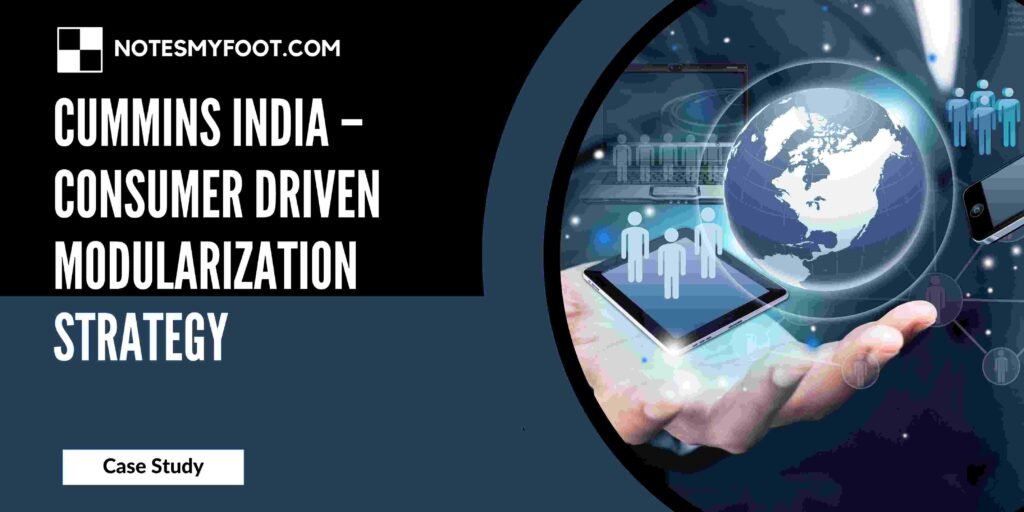
FedEx vs UPS - Competing with Contrasting Strategies in China
In the ever-evolving landscape of global logistics, multinational companies are constantly seeking opportunities for growth and expansion in emerging markets. China, with its booming economy and vast consumer base, presents an enticing prospect for logistics giants like FedEx and UPS. This blog post delves into the entry and expansion strategies employed by these two industry leaders in the Chinese market, highlighting their contrasting approaches and the impact of these strategies on their market position.
Section 1: Establishing Presence in China
Both FedEx and UPS recognized the immense potential of the Chinese market and embarked on establishing their presence in the country. While FedEx took an aggressive and high-risk approach, UPS opted for a more conservative and low-risk strategy.
Section 2: FedEx - Developing the Services Network
FedEx focused on rapidly developing its services network in China by strategically investing in infrastructure, expanding its fleet, and establishing partnerships with local delivery companies. This allowed them to capture a higher market share and position themselves as a reliable logistics provider.
Section 3: UPS - Developing the Services Network
In contrast, UPS took a different approach by adopting a gradual and cautious expansion strategy. They favored a low investment approach, focusing on building a strong foundation and gradually expanding their services network. This conservative approach allowed UPS to mitigate risks and ensure sustainable growth.
Section 4: The Contrasting Strategies
The strategies employed by FedEx and UPS in China are a study in contrasts. FedEx’s aggressive approach enabled them to quickly penetrate the market and gain a competitive advantage. On the other hand, UPS’s conservative strategy ensured stability and minimized potential setbacks.
Section 5: Advertising and Promotion
Both companies recognized the importance of effective advertising and promotion to establish brand awareness and attract customers. FedEx employed bold and innovative marketing campaigns to capture attention, while UPS relied on targeted marketing efforts to connect with specific customer segments.
Section 6: Targeting Customers
Understanding the diverse needs of Chinese customers, FedEx and UPS tailored their services to cater to different market segments. FedEx focused on serving multinational corporations and high-value customers, while UPS targeted small and medium-sized enterprises, providing them with cost-effective and reliable logistics solutions.
Conclusion:
In conclusion, FedEx and UPS have pursued divergent strategies in their quest for success in the Chinese market. FedEx’s aggressive approach has allowed them to capture a significant market share, while UPS’s conservative approach ensured steady growth and minimized risks. The logistics industry in China continues to evolve, presenting new opportunities and challenges for both companies. As the market prospects improve, it will be intriguing to witness how FedEx and UPS adapt their strategies to maintain their competitive edge. Also got to know about the Maruti Suzuki’s Advertising Strategies: Driving Success in the Indian Passenger Car Industry









